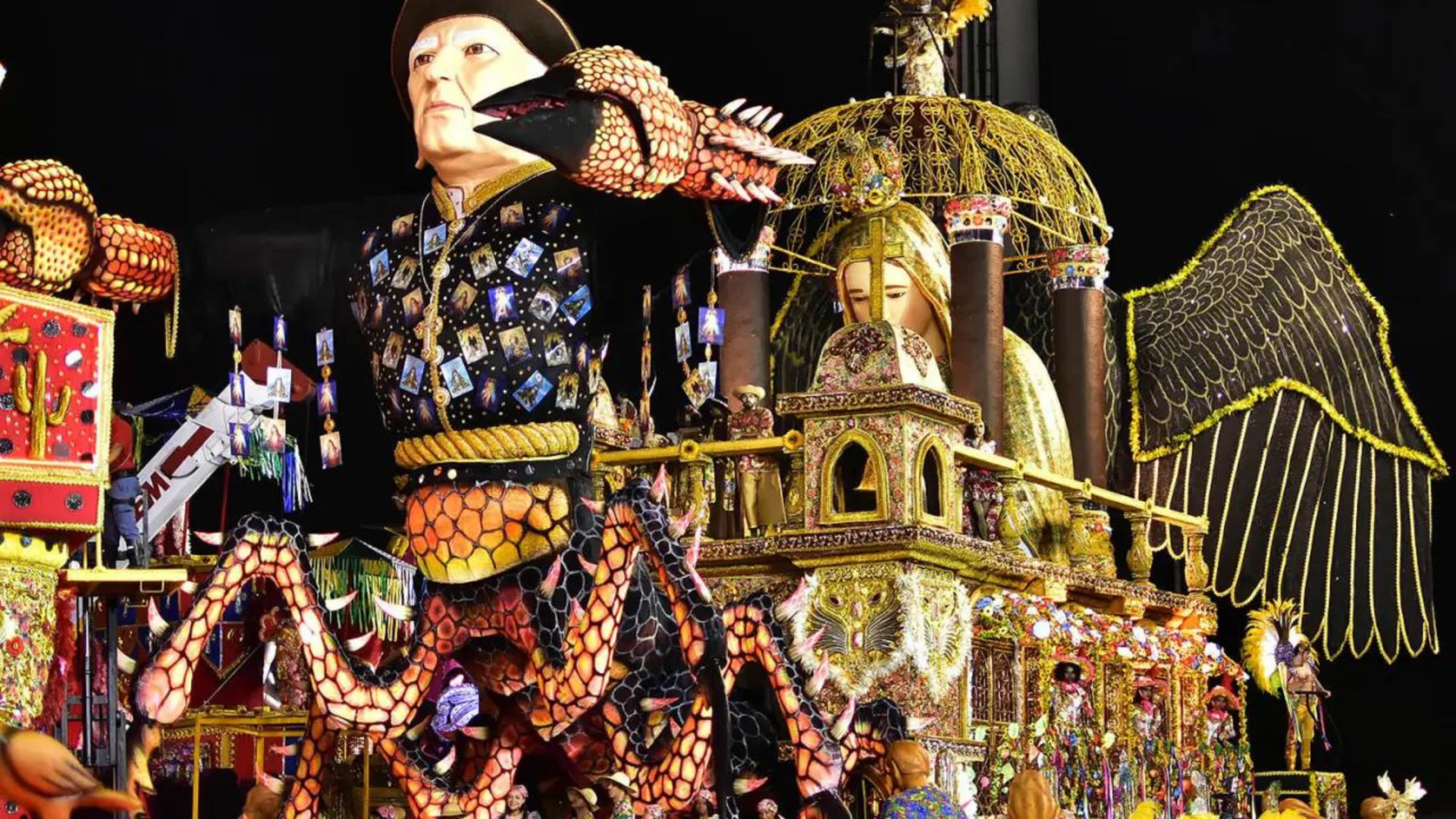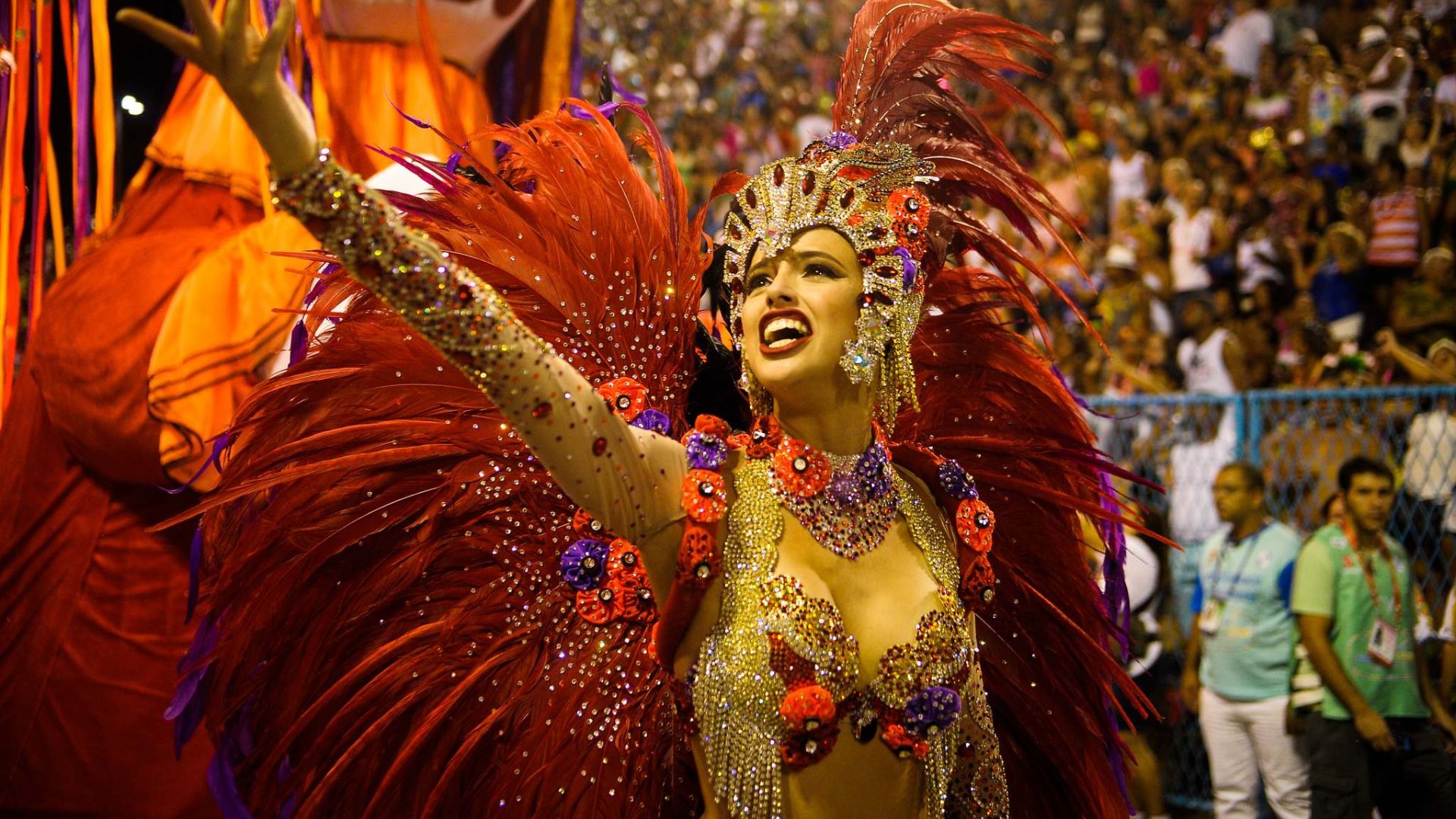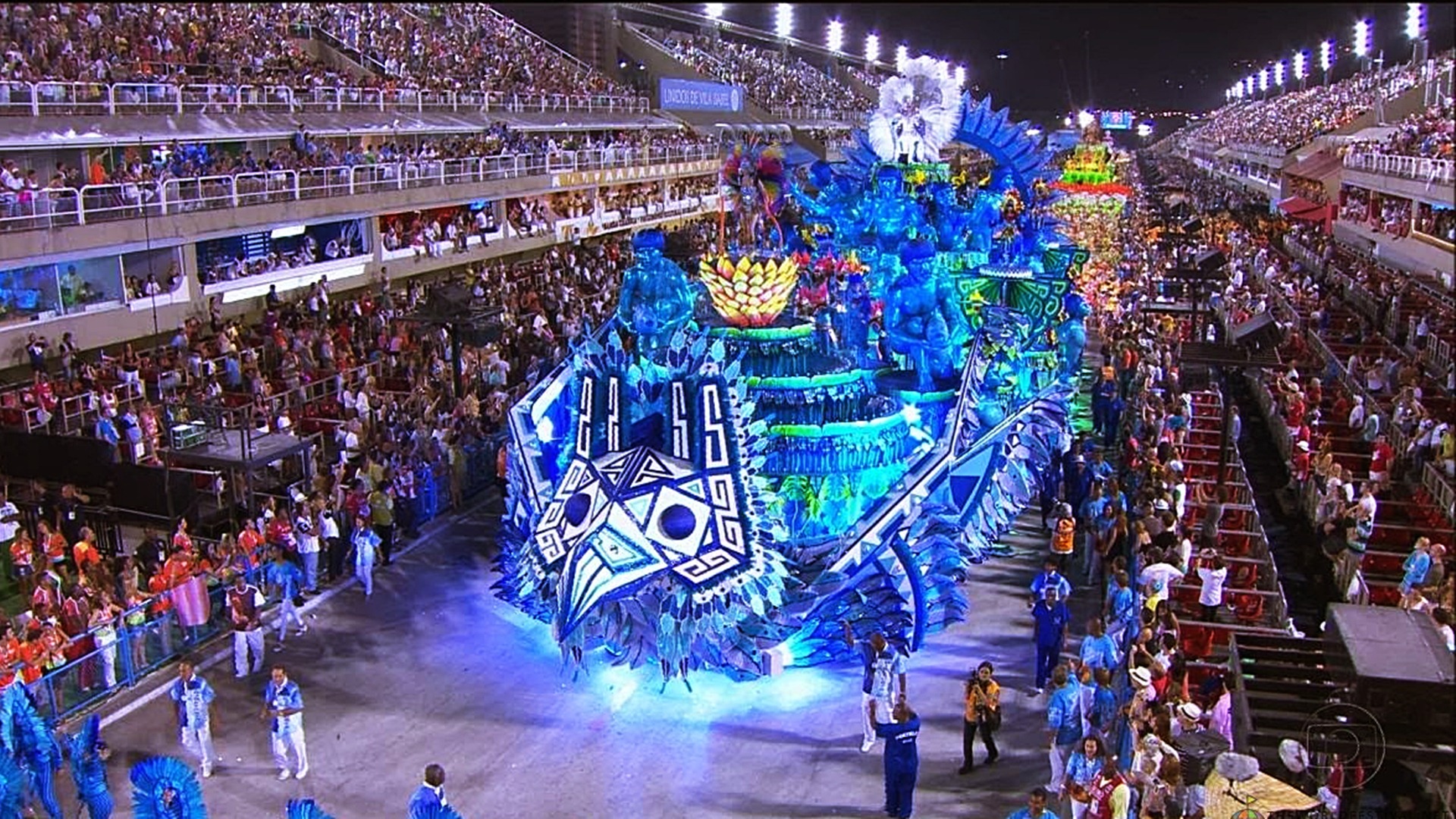- Your cart is empty
- Continue Shopping

What are Carnival Floats?
Floats are vehicles specially designed and decorated for festive parades, being a striking feature of Carnival parades. These structures, often mounted on truck chassis, are true works of art in motion, designed to represent the themes and plots chosen by the samba schools.
Building a float is a complex process that involves a dedicated team of professionals, including visual artists, set designers, carpenters, welders and craftsmen. The vehicle's structure is prepared to support the weight of decorative elements, such as sculptures, props and costumes. The design, often grand and fanciful, is meticulously planned to visually convey the narrative of the samba school's plot.

1 – Engineering and Technology: The Magic of Movements
The floats are true masterpieces of engineering and technology. Many of them not only impress with their size and intricate details, but also with their ability to move. There are cars that spin, rise and even transform during the parade. This technical feat requires meticulous planning and the collaboration of a talented team to ensure everything runs smoothly during the parade.
2 – Unusual Materials: Sustainability and Creativity
The search for innovation and sustainability led samba schools to explore unusual materials in the construction of floats. Often, recycled and reused items are incorporated into structures, contributing to environmental awareness. This creative approach not only reduces environmental impact, but also adds a unique and unexpected touch to creations.
3 – Specialized Teams: Artists and Architects in Production
The design and construction of the floats involves a diverse team of professionals. Visual artists, architects, engineers, sculptors and many other specialists join forces to transform abstract concepts into impressive physical structures. Every detail, from painting to lighting, is carefully planned and executed by these talented professionals.

4 – Challenging Transport: From Barracões to Marquês de Sapucaí
Moving the imposing floats from the samba school sheds to Marquês de Sapucaí is not a simple task. Some of these giant vehicles are dismantled to facilitate transport through the city's narrow streets, and are reassembled at the parade site. This logistical process is a complex and timed operation, ensuring that everything is ready for the show at the right time.
5 – Integrated Human Costumes: A Symphony of Colors
In many cases, the floats are not just independent structures, but integrate with the participants' costumes, creating a striking visual harmony. Elements of the car, such as extensions and props, are designed to fluidly connect with the costumes of the samba school members, resulting in a visually stunning spectacle.
6 – Intricate Narratives: Telling Stories Through Cars
Each float tells a specific story, aligned with the school's samba theme. The details and complexity of the narratives represented in the cars are fascinating. From historical scenes to mythological elements, floats serve as visual vehicles to convey the messages and culture behind each performance.
The floats are fundamental parts of the grandeur of the Rio de Janeiro Carnival, going far beyond mere decorative structures. They are witnesses to human ingenuity, artistic creativity and the collaborative work of talented teams. Discovering the curiosities behind these imposing structures further expands your appreciation for the magnitude and complexity of the spectacle.
When watching the parades, spectators can now observe not only the apparent beauty, but also the intricate web of details and stories that make up the floats, making Rio Carnival a truly unique and captivating celebration.

